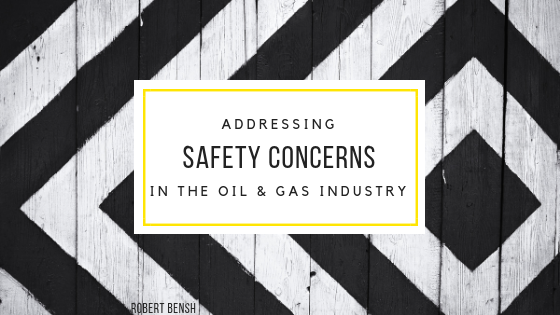The oil & gas industry has one of the most talked about reputations when it comes to safety. The products, processes, and equipment all have dangerous aspects to them when used improperly, and the ramifications of an “accident” are widespread. If we are going to improve the reputation of the industry, it is critical that we properly identify, address, and correct environmental and employee safety concerns in a timely manner.
Before I continue it is important to note that significant strides in safety improvement have been made over the past century. That being said, the workforce has nearly doubled in size since 2003 and rapid technological advancements have made it difficult to keep up despite being one of the most regulated industries on the planet. Safety practices should evolve with the industry, working to combine intense employee education and innovative protective advancements.
Employee Education
The very first thing all oil & gas employees should be exposed to upon entering the industry is a comprehensive safety program. Workers are much more likely to react appropriately to a safety concern when properly educated on the dangers it imposes and the correct way to respond. Educational programs should be thorough in nature, and include measurable checks for comprehension. For the best results, comprehension checks should contain scenario-based questions, theoretical and critical-thinking questions, and a practical exercise.
Protective Technology
Protective technology is a broad term. For the purposes of this post, it refers specifically to wearable protection and equipment safeguards.
Wearable Protection: Technology has advanced to the point where we can do some pretty amazing things with fabrics and science. The industry should continue to work towards improving the quality and capabilities of gloves, hardhats, eyewear used in the oil & gas sector.
Equipment Safeguards: New machines and equipment introduced to the industry should be thoroughly vetted and assessed for potential problem areas. Manufacturers must identify areas of concern and, ideally, include fail-safes or safeguards to the fundamental design before the equipment reaches the field.
Practice
Finally, oil and gas companies should make a concerted effort to practice safety procedures on a regular basis. This provides workers with an opportunity to slow down and think about everything they learned in their safety-education courses and apply the lessons to the field. Practice sessions also allow companies and industry executives to reiterate any changes in safety information that may have occurred in the interim.
